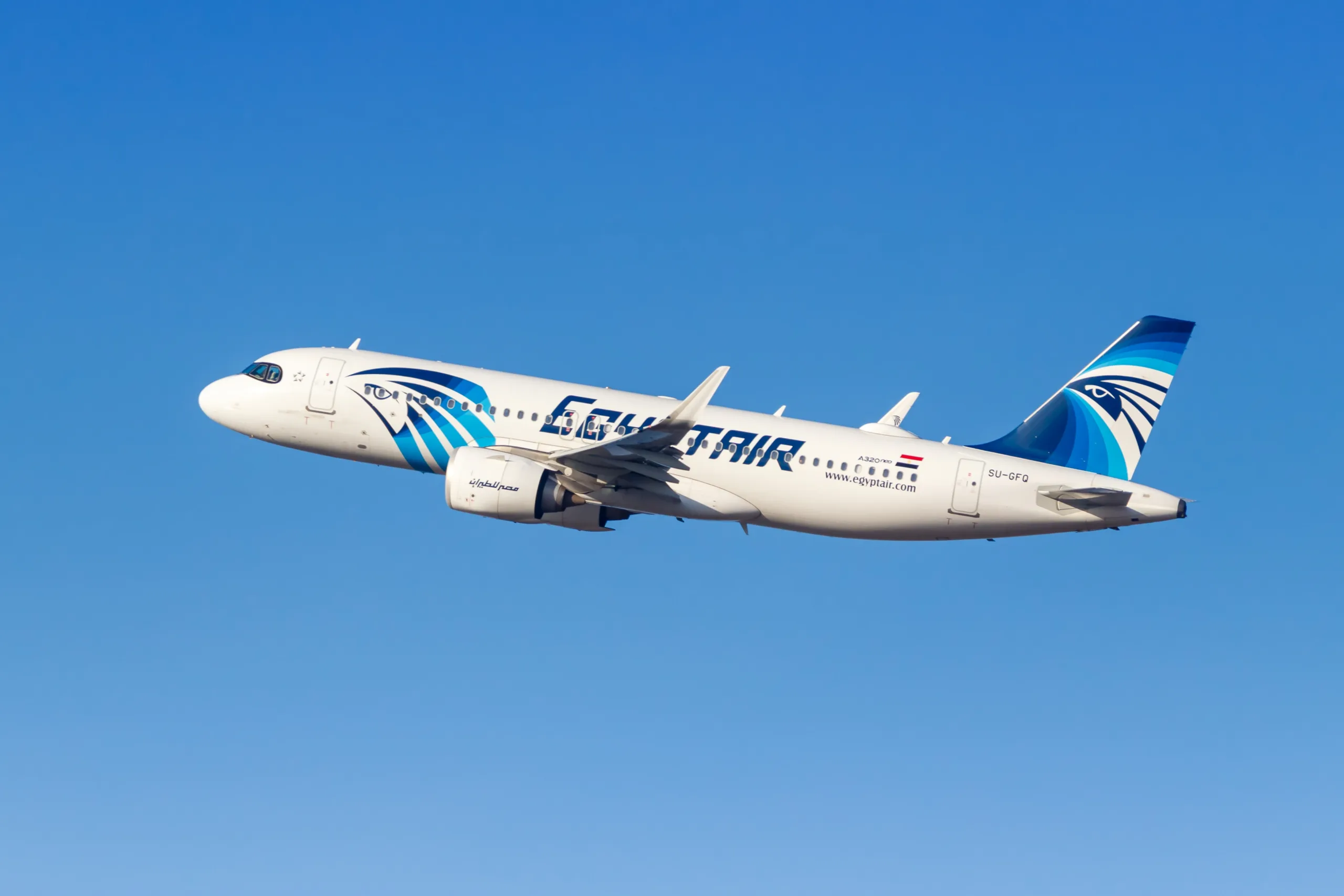Dubai, part of the United Arab Emirates (UAE), welcomes millions of visitors each year — from luxury tourists to business travelers and short-term stopovers. The UAE has made the visa process simple and modernized, but requirements differ depending on nationality, length of stay, and purpose of visit.
Here’s everything you need to know about getting a tourist visa for Dubai, step by step.
1. Understanding the Visa System
The UAE offers different visa options based on how long you plan to stay and which passport you hold. Generally, travelers fall into one of three categories:
- Visa-Free Entry:
Citizens of certain countries can enter the UAE without a visa for short stays. - Visa on Arrival:
Some nationalities receive a visa upon arrival at the airport, valid for a specific period. - Pre-Arranged Visa Required:
Travelers from other countries must obtain a visa before traveling, either through an airline, hotel, or a UAE-based sponsor.
2. Visa-Free Entry
Who qualifies:
Citizens of the Gulf Cooperation Council (GCC) countries — Saudi Arabia, Kuwait, Bahrain, Oman, and Qatar — do not need a visa to enter the UAE.
They can use their national ID cards to enter freely and stay as long as they like, provided their visit is for tourism, family, or short-term business.
Other nationalities:
Several countries in Europe, Asia, and South America have agreements with the UAE allowing visa-free short visits (typically 30 to 90 days).
This includes citizens of countries such as:
- France, Germany, Italy, Spain, the Netherlands, and other EU Schengen states
- United Kingdom
- Russia
- Brazil
- Argentina
- South Korea
- Japan
- New Zealand
Travelers from these countries simply show their passport at the immigration counter and receive an entry stamp, valid for the permitted duration.
Duration of stay:
- Usually 90 days within a 180-day period, but this can vary slightly depending on nationality.
3. Visa on Arrival
Who qualifies:
Nationals from countries such as the United States, Canada, Australia, China, Malaysia, Singapore, and most European nations receive a visa on arrival.
Process at the airport:
- No need to apply before travel.
- Present your passport (valid for at least six months).
- Immigration officers stamp your visa, typically valid for 30 days, with the possibility of extension.
Extensions:
- Many on-arrival visas can be extended for an additional 30 days without leaving the country by visiting a UAE immigration office or service center.
4. Pre-Arranged Tourist Visas
Who requires one:
Citizens of countries not eligible for visa-free entry or visa on arrival (for example, most African and some Asian countries) must obtain a tourist visa before arriving.
How to apply:
Applications can be made through one of the following:
- UAE airlines (such as Emirates, Etihad, Flydubai, or Air Arabia) when booking tickets.
- Hotels or travel agencies authorized by the UAE government.
- Family or friends in the UAE who can act as sponsors, if they are residents.
Required documents:
- A passport valid for at least six months.
- A passport-size photograph with a white background.
- Confirmed return flight ticket.
- Proof of accommodation (hotel booking or host’s residence details).
- Occasionally, proof of sufficient funds may be requested.
Processing time:
Usually between 3 to 7 working days, depending on the channel used.
Validity:
- 30-day tourist visa: Single entry, valid for 30 days from entry date.
- 90-day tourist visa: For longer stays, typically for family visits or extended tourism.
- Multiple-entry visas: Valid for six months, allowing several visits of up to 30 days each.
5. eVisa and Online Application Options
The UAE government offers a fully online application process for many nationalities through airline websites or accredited travel partners.
After approval, the eVisa is emailed as a PDF document. You must print and present it at immigration upon arrival. Some airports also accept digital copies on smartphones, but it’s best to carry a printed version.
6. Special Cases
a) Indian Nationals
- Indian citizens with a valid U.S. visa, U.K. visa, or EU residency permit are eligible for a visa on arrival (valid for 14 days, renewable once).
- Without those documents, Indian nationals must apply in advance through a UAE airline or approved travel agency.
b) U.S., U.K., and EU Citizens
- Receive a visa on arrival for 30 or 90 days depending on passport.
- Extensions are available for a small fee at immigration offices.
c) GCC Residents (Non-Citizens)
- Expatriate residents of GCC countries can apply for a GCC resident eVisa online before traveling.
- Must hold a valid residency visa and profession in the GCC country.
d) Children and Dependents
- Minors under 18 must travel with a parent or guardian.
- Some visa sponsors require birth certificates or authorization letters for unaccompanied minors.
7. Fees and Extensions
Typical fees (may vary slightly):
- 30-day tourist visa: Around 300–400 AED
- 90-day tourist visa: Around 700–900 AED
- Visa extension: Around 500–700 AED
Extension options:
- Tourist visas can usually be extended twice, each for 30 additional days.
- Extensions are done through immigration centers or approved typing centers inside the UAE.
- Visitors do not need to leave the country to extend their stay.
8. Common Reasons for Visa Rejection
While most tourist visa applications are straightforward, rejections can happen for reasons such as:
- Incomplete or incorrect documentation
- Previous visa violations or overstays in the UAE
- Passport validity under six months
- Typing or spelling errors in application forms
Always double-check details and ensure your passport is valid for at least six months beyond your intended stay.
9. Overstaying and Fines
Overstaying a visa incurs a daily fine.
- Overstay fine: Approximately 50–100 AED per day, depending on duration.
- Additional service fees may apply at exit points.
It’s best to extend or renew before expiry to avoid penalties or complications with future visits.




